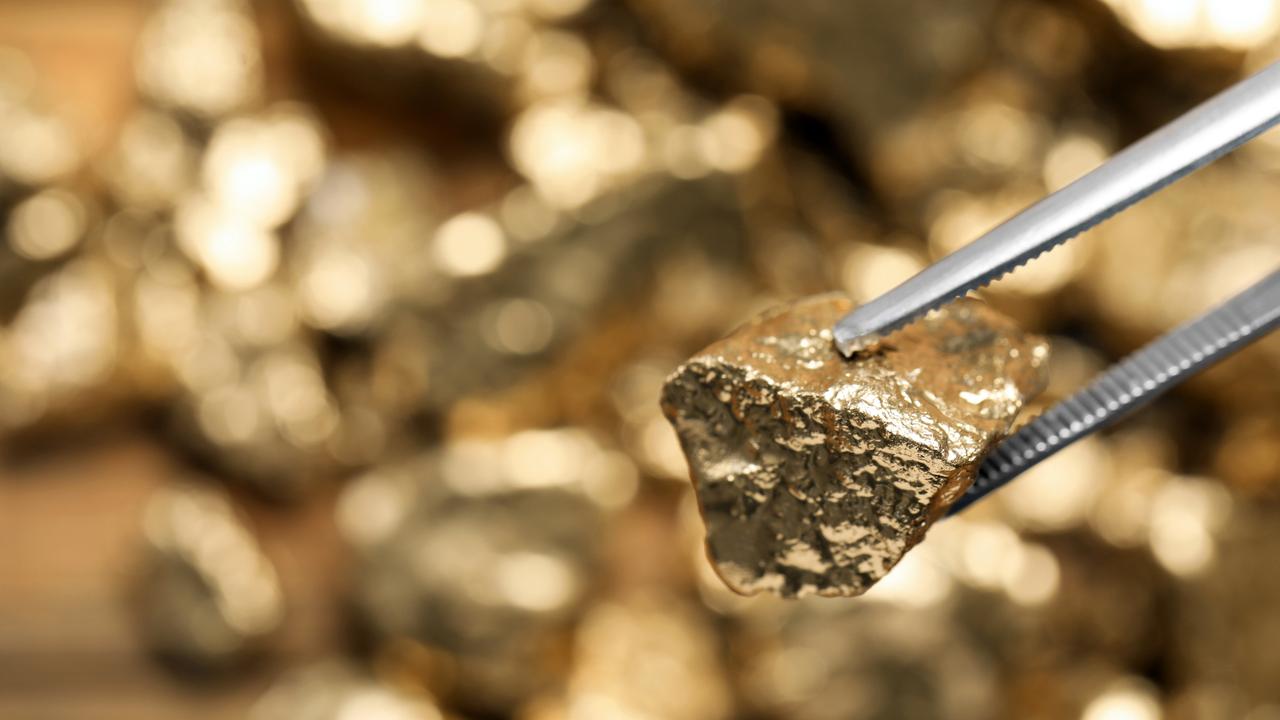‘Bleak future’: Every $14 drop in iron ore price will devastate Australia
Australians are anxiously awaiting the fallout from an “economic tsunami” – and a new move from China has caused fresh panic.
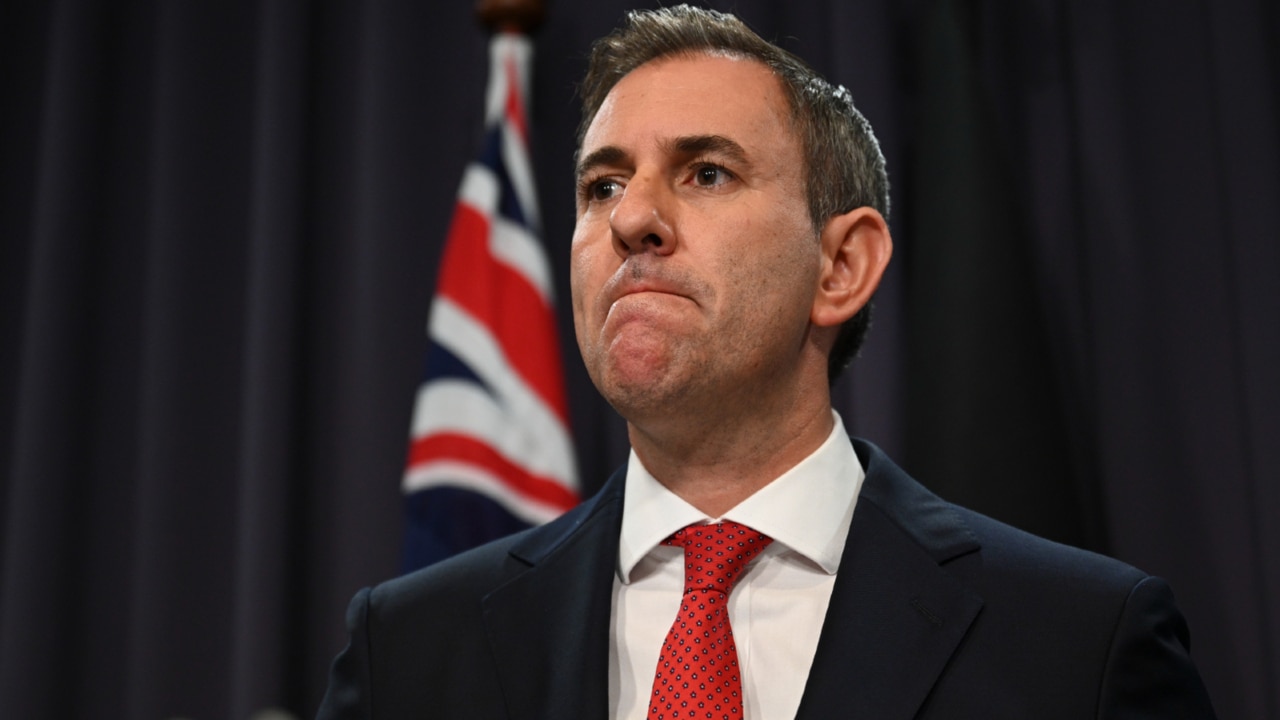
Mining
Don't miss out on the headlines from Mining. Followed categories will be added to My News.
China has suddenly suspended construction of new “green” steel plants. Chile’s major manufacturer has halted production. India and Malaysia are investigating product “dumping”.
And Australia’s iron ore miners are awaiting the fallout.
The economic tsunami unleashed early last year with the collapse of Chinese property giant Evergrande is finally surging through global markets.
China’s construction industry used to consume more than half of that nation’s total steel production. Now it’s less than a quarter.
But, for the past 18 months, the country’s steelmakers have been continuing as though nothing had happened.
They bought (mainly) Australian iron ore. They fed it into their foundries to produce steel. They chased new buyers worldwide to sell it to.
Now stockpiles of both are reaching bursting point.
Below-cost steel is being dumped on the global market.
Over-supply and sagging demand have seen global steel prices fall 15 per cent so far this year to a 10-year low.
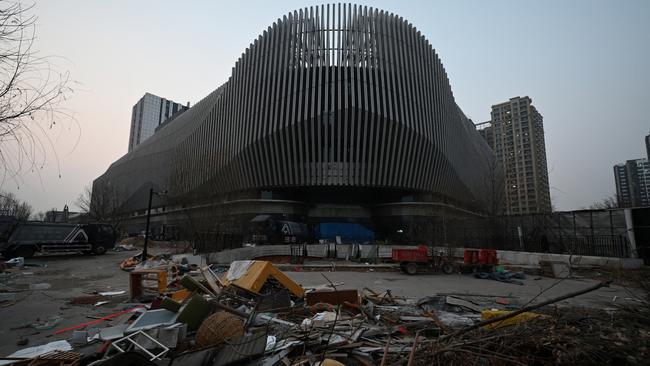
And demand for fresh deliveries of iron ore is drying up.
Significant falls last week led the commodity’s value to fall some 35 per cent since the beginning of the year.
Some market analysts say the cuts to iron ore prices and steel production aren’t enough.
“Our view is that this move would not do enough to meaningfully phase out excess capacity,” says Citigroup analyst Jack Shang.
“We believe the weakening demand on the ground calls for more drastic measures (aggressive production control etc) along with strong government enforcement.”
But others argue there’s more at play than basic forces of supply and demand.
“Paradoxically, today’s bearish sentiment in the iron ore market could signal long-term strength as China attempts to decrease prices and secure more supply,” Diggers and Drillers commodities investment analyst James Cooper argues in mining.com.
A crisis made in China
China’s Ministry of Industry has ordered all provincial governments to suspend negotiations with businesses intending to build new steel plants, even those involved in a “capacity swap” to new low-carbon emission technology systems.
“The supply and demand relationship in the steel industry is facing new challenges,” the ministry said in a statement.
“There are still problems such as inadequate policy implementation, imperfect supervision and implementation mechanisms, and incompatibility with the industry’s development situation and needs.”
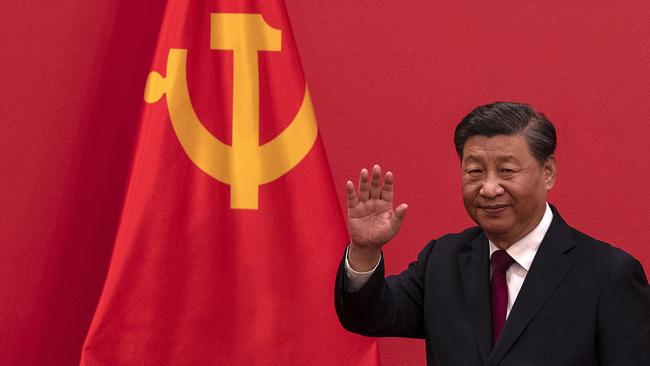
Last week, China Baowu Steel Group Corp chief Hu Wangming shocked the world’s mining and steel industries when he warned of a “harsh winter” ahead.
It echoed a warning from another of China’s major producers, Shanxi Jianbang Group. Its general manager announced he needed to cut 30 per cent of its operations if the company was to survive the looming crisis.
Last week, Chinese market reporting agency Mysteel stated that just one per cent of the local steelmaking industry had recorded a profit. A new survey of plants revealed a significant drop in production.
“China is in transition to an economy led by ‘new productive forces’ requiring less steel,” a Citigroup market forecast report reads.
Industry analysts have wondered for months: “How can Chinese steel mills keep buying so much iron ore when they don’t make money?”
Many believe it has been a gamble on the Chinese Communist Party stepping in again to save the national economy through massive stimulus spending.
Others are not so certain.
“Consider this: China holds a long track record of manipulating commodity prices to its advantage,” Cooper argues in Diggers and Drillers.
“Given this authoritarian state’s broad reach across Chinese-owned entities, including steelmakers, it can easily collude with them to drive down iron ore prices whenever it is strategic to do so.”
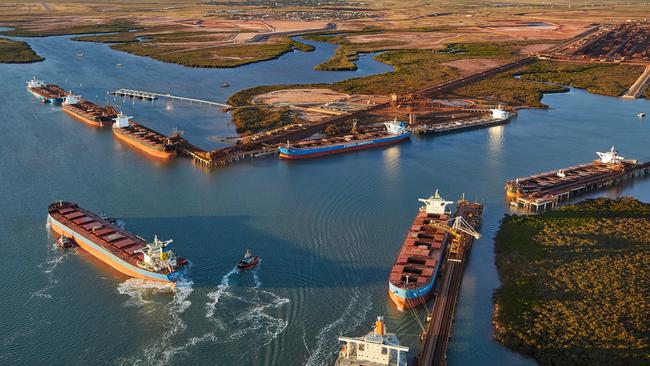
The Australian geologist says Beijing has “every reason” to cut iron ore prices and further increase its stockpiles. And he adds China’s real estate industry now plays second fiddle to heavy machinery manufacturing.
“If I’m right, that limits the downside risk for iron ore miners. Once prices have fallen sufficiently, China will be ready to buy up big.”
Drowning in steel
Chinese steel exports are expected to reach about 100 million tonnes this year as its producers seek new markets to shift unwanted stock.
But these attempts to minimise losses are undercutting other global producers.
Australia’s BlueScope Steel has warned a “large volume of steel” was streaming out of China and driving prices down.
Chile’s largest steel manufacturing plant announced earlier this month that it had “indefinitely suspended” production, saying it could not absorb further losses brought about by “the intensification of Chinese dumping”.
That’s despite the Chilean government introducing steep new tariffs of 24.9 to 33.5 per cent in April.
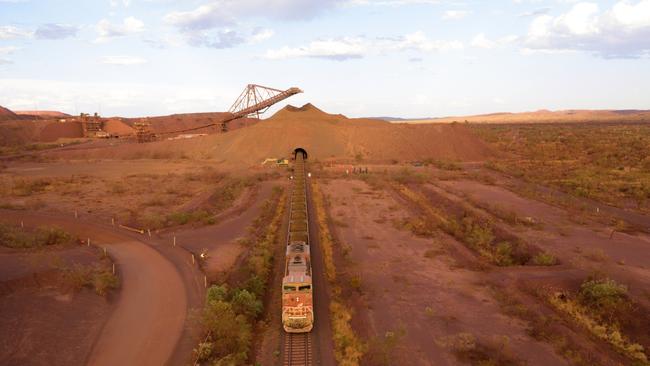
“Almost four months after the measure was implemented, market behaviour has made it impossible to correct the imbalances and to transfer these tariffs to the price,” the company said in a statement.
The move cost 2700 jobs immediately, with the government fearing that as many as 20,000 indirectly linked to the plant would also go.
Meanwhile, Malaysia and India have also initiated anti-dumping moves.
The Malaysian Trade Ministry is investigating the need to impose anti-dumping tariffs against China, but also against imports from India, Japan and South Korea.
India, meanwhile, says it is investigating dumping allegations involving China and Vietnam.
Recent data shows Chinese steel output in July fell 9.5 per cent month-on-month to its lowest level since December. The Chinese Ministry of Industry’s moves are likely to accelerate the decline.

Now, a Goldman Sach’s commodity report states iron ore’s “fundamental outlook remains bleak”, with even current prices being “unsustainable”.
China’s stockpiles of the key ingredient for steel remained at six-year highs.
The Citigroup market forecast expresses a similar sentiment. It expects prices to fall into the $US80 a tonne range.
“Further price weakness is required to bring the market back into balance,” it said in a report last week.
“Below $US100/t would have offered an attractive iron ore dip-buying opportunity in the past, but the set-up looks different this time.”
Its three-month outlook now prices the commodity at about $US85 a tonne.
Last year, Australia shipped $136 billion worth of iron ore overseas, most of which went to the Chinese market, according to Department of Foreign Affairs and Trade (DFAT) data records.
Iron ore makes up almost one-fifth of Australia’s export income. And every $US10 ($A14.74) fall in the commodity’s price flows through as a $5.3 billion loss to GDP.
Jamie Seidel is a freelance writer | @JamieSeidel
Originally published as ‘Bleak future’: Every $14 drop in iron ore price will devastate Australia




